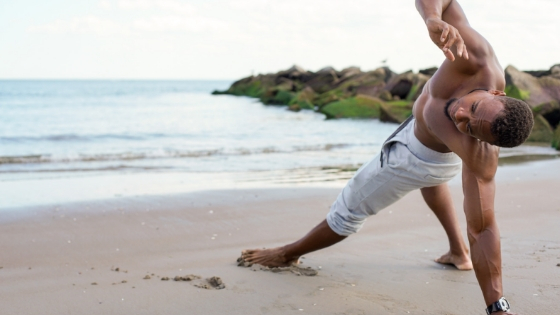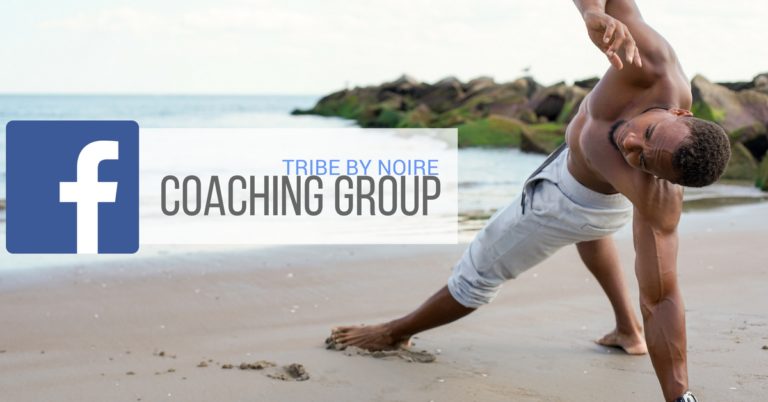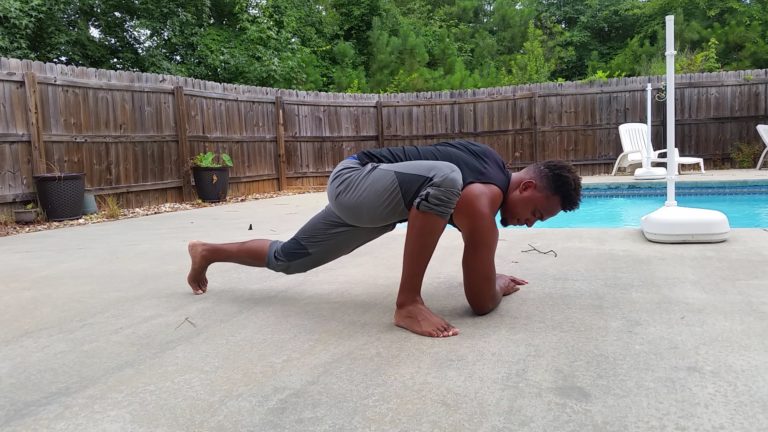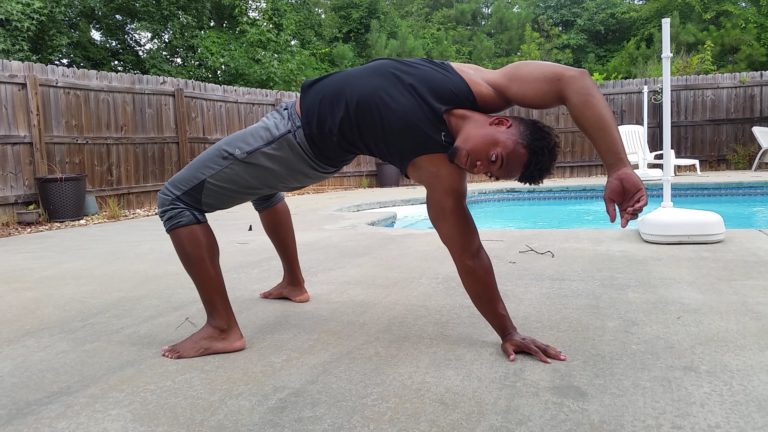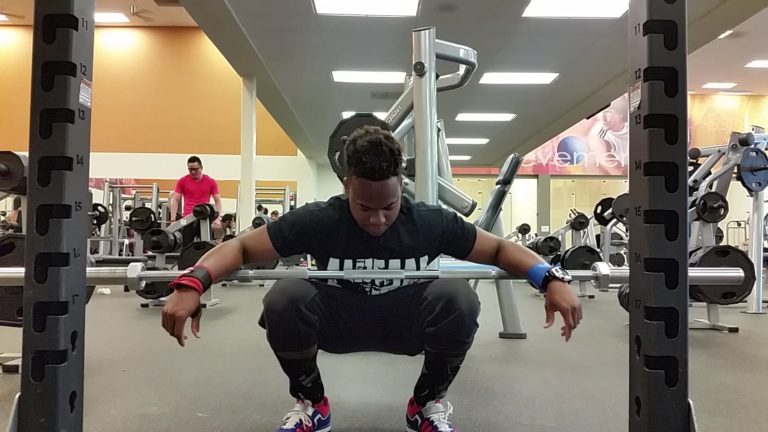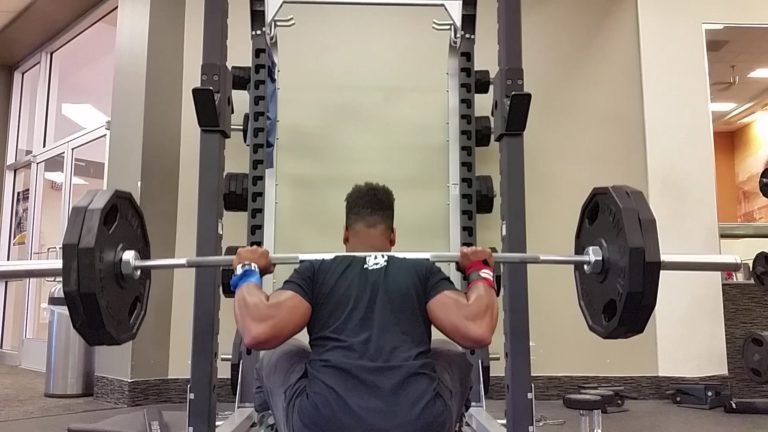Get The Right Start
We all know what a warm up is, at least some what. To some of us, its a quick 10 minute run on the treadmill, or a couple of basic stretches we learned in high school. Most people are under the assumption that the purpose of the warm up is to obviously… warm up. This is true, but your warm up should do much more for you than just raise your body temperature.
A good warm up should set you up to perform at your best by achieving 3 major goals. Those 3 goals are,
- Movement Prep
- Increase range of motion (ROM)
- Muscular activation
Skipping this process leads to training with poor form which can prevent you from building muscle, gaining strength and ultimately lead to some pretty nasty injuries aka getting snapped up. You do NOT want to get snapped up because that can put you out of the gym for weeks and even months.
Let’s take a deep dive into the dynamic warm up phase and mobility training.
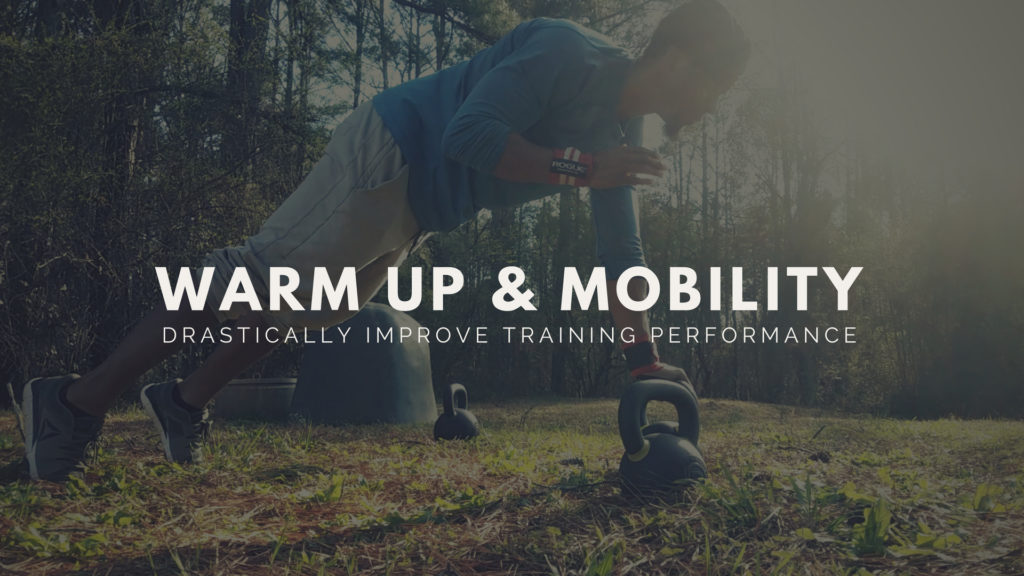
Intro To Dynamic Warm Up & Mobility
At the start of each workout should be exercises that prepare your body to perform the session’s exercises at an optimal level. For example, if you’re squatting, the dynamic warm up and mobility exercises should be specific to the muscles, joints, and movement patterns involved in the squat. The same rule applies to any other movements like pressing, rowing, deadlifting, etc.
Movement Prep
Movement prep is where you perform exercises that mimic the actual exercises you’re getting ready for. This primes your nervous system for that particular movement pattern. An example of this would be doing a body weight squat before doing squats with weight. This also allows you to see and feel your form and make any correction you need to before you get started.
Increase Range Of Motion
Increasing range of motion facilitates ease of movement and greater force production, which can also drastically reduce injury and increase muscular growth. For example, lengthening your hamstrings will get you a better deadlift which leads to strong thick hamstrings and glutes. Lengthening the muscle fibers of your chest will allow you to have greater movement at the shoulder blades, which in turn result in a bigger chest and back.
Muscular Activation
Any compound movement can feel very uncomfortable and lead to injuries over time if certain muscles aren’t firing like they’re supposed to. For example, having inactive glutes can lead to deadlifts being too stressful on the lower back and squats being too stressful on the knees. Inactive upper and mid back muscles can lead to shoulder injuries during bench pressing and shoulder pressing. These are the types of problems that are super common and you’re probably dealing with some of this yourself.
Squat Dynamic Warm Up
There’s a few things to consider when warming up for an exercise like the squat. Whether you’re squatting with a barbell, dumbbells, kettlebells, or even just body weight, the considerations are pretty much the same.
- Hip and ankle mobility
- Muscular activation of the glutes and quadriceps
- Maintaining spinal extension
6 reps
12 reps per side
12 reps per side
Deadlift Dynamic Warm Up
Deadlifts are all about maximizing the strength and efficiency of your hip hinge. Even though deadlifts require a full body effort, the glutes and hamstrings are the primary drivers. A few things to consider when warming up for this movement are,
- Hip and hamstring mobility
- Muscular activation of the glutes and lats
- Maintaining spinal extension
8 reps
12 reps
12 reps per side
Shoulders & Chest Dynamic Warm Up
Warming up for an upper body workout pretty much works the same whether you’re pushing or pulling. The reason for this is the fact that both push and pulling both rely on the efficiency of movement at the shoulder complex. Pushing and pulling are separated into two categories, vertical and horizontal. You can prep for both of these at the same time. A few key consideration here are,
- Mobility of the shoulders and scapula in all planes of motion
- Muscular activation of all 3 shoulder heads, rotator cuff, and scapula muscles
12 reps
12 reps
8 reps
Tribe By Noire

I’ve created this platform to help you become the most powerful version of yourself through fitness, plant based nutrition, and mindset coaching.
copyright © 2018 Tribe By Noire. All Rights Reserved
